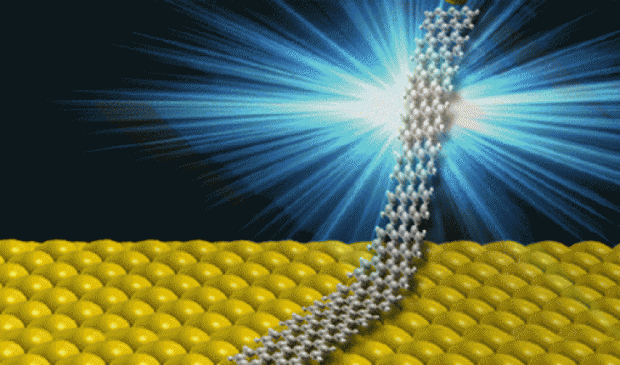
Breaking News
 In my new documentary, Never in America, we pull back the curtain on one of the darkest corners...
In my new documentary, Never in America, we pull back the curtain on one of the darkest corners...
 I just watched what they did to the King family in Washington, and I couldn't stop thinking:
I just watched what they did to the King family in Washington, and I couldn't stop thinking:
 The Superfood They Turned Into a Weed: Why Is It Illegal to Grow This?
The Superfood They Turned Into a Weed: Why Is It Illegal to Grow This?
 Rep. Marjorie Taylor Greene details ''death threats directly fueled by President Trump'
Rep. Marjorie Taylor Greene details ''death threats directly fueled by President Trump'
Top Tech News
 Build a Greenhouse HEATER that Lasts 10-15 DAYS!
Build a Greenhouse HEATER that Lasts 10-15 DAYS!
 Look at the genius idea he came up with using this tank that nobody wanted
Look at the genius idea he came up with using this tank that nobody wanted
 Latest Comet 3I Atlas Anomolies Like the Impossible 600,000 Mile Long Sunward Tail
Latest Comet 3I Atlas Anomolies Like the Impossible 600,000 Mile Long Sunward Tail
 Tesla Just Opened Its Biggest Supercharger Station Ever--And It's Powered By Solar And Batteries
Tesla Just Opened Its Biggest Supercharger Station Ever--And It's Powered By Solar And Batteries
 Your body already knows how to regrow limbs. We just haven't figured out how to turn it on yet.
Your body already knows how to regrow limbs. We just haven't figured out how to turn it on yet.
 We've wiretapped the gut-brain hotline to decode signals driving disease
We've wiretapped the gut-brain hotline to decode signals driving disease
 3D-printable concrete alternative hardens in three days, not four weeks
3D-printable concrete alternative hardens in three days, not four weeks
 Could satellite-beaming planes and airships make SpaceX's Starlink obsolete?
Could satellite-beaming planes and airships make SpaceX's Starlink obsolete?
Graphene Nanoribbons are 100 times brighter than previous single molecule devices

Optical emission was up to 10 million photons per second, about 100 times more intense than the emission measured for previous single-molecular optoelectronic devices.
The energy shift of the main peak changes as a function of the voltage, which provides a way to tune the color of the light.
The researchers will investigate the impact of defects and GNR aspect ratio (width) on emission. They want to integrate graphene nanoribbons devices into larger circuitry to create bright, robust, and controllable graphene-based light-emitting devices.
Abstract
Thanks to their highly tunable band gaps, graphene nanoribbons (GNRs) with atomically precise edges are emerging as mechanically and chemically robust candidates for nanoscale light emitting devices of modulable emission color. While their optical properties have been addressed theoretically in depth, only few experimental studies exist, limited to ensemble measurements and without any attempt to integrate them in an electronic-like circuit.

 First totally synthetic human brain model has been realized
First totally synthetic human brain model has been realized Mach-23 potato gun to shoot satellites into space
Mach-23 potato gun to shoot satellites into space

